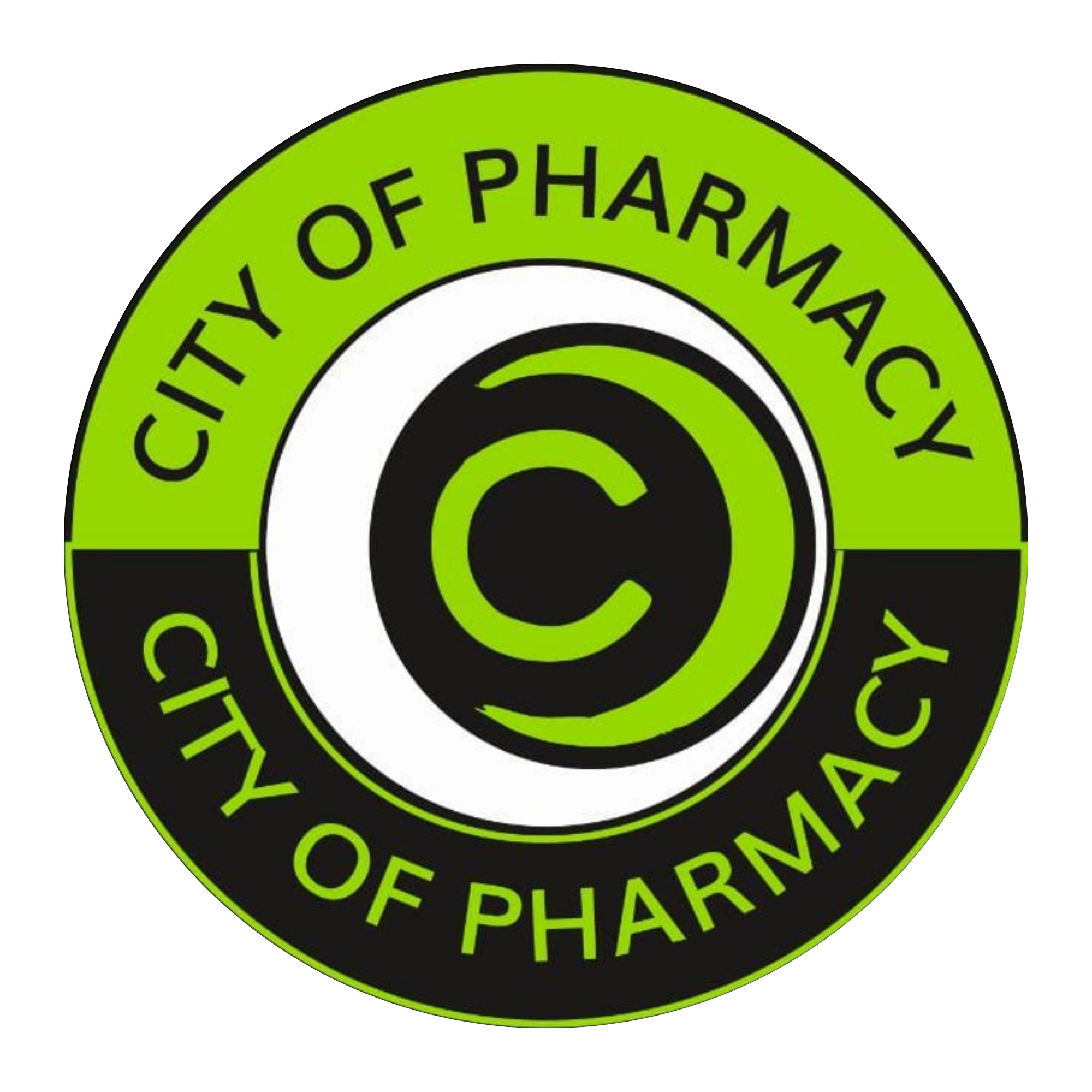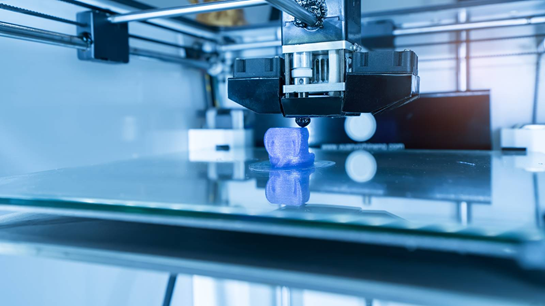3D Printing of Medications: The Future of Personalized Drug Manufacturing
1. Introduction Imagine a world where medications are customized and printed on demand, tailored to individual patients' needs. 3D printing in pharmaceuticals is revolutionizing drug manufacturing by enabling the personalization of dosages, faster production, and more efficient small-batch drug manufacturing. This cutting-edge technology is particularly beneficial for patients with rare diseases, as it allows for small-scale, high-precision drug production without relying on traditional bulk manufacturing. With regulatory bodies and pharmaceutical companies investing in this innovation, 3D printing is poised to reshape the future of drug production.
2. What is 3D Printing in Pharmaceuticals?
3D printing, also known as additive manufacturing, is a technology that creates layer-by-layer structures using specialized pharmaceutical-grade materials. In drug manufacturing, 3D printing allows for the precise fabrication of tablets, capsules, and even multi-drug combinations.
Instead of mass-producing uniform pills, this technology enables customized medication production, adjusting:
- Dosage strength
- Release mechanisms
- Drug combinations

